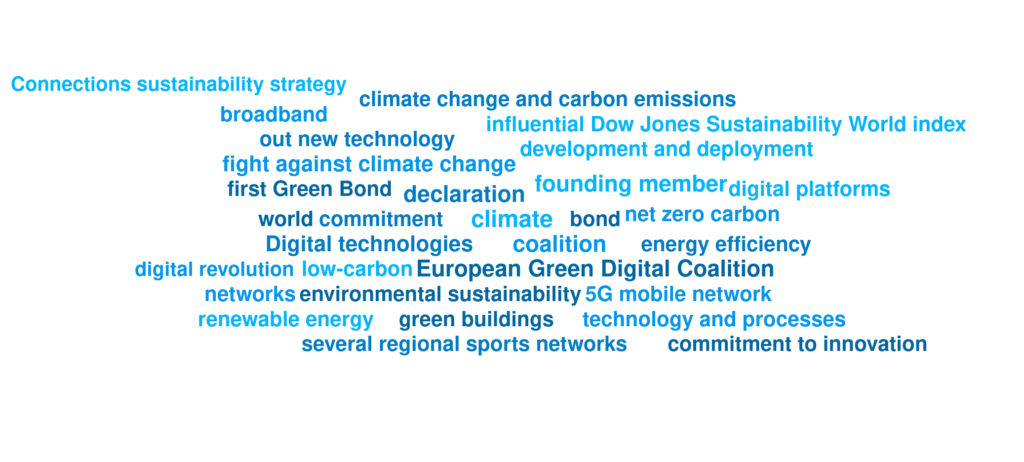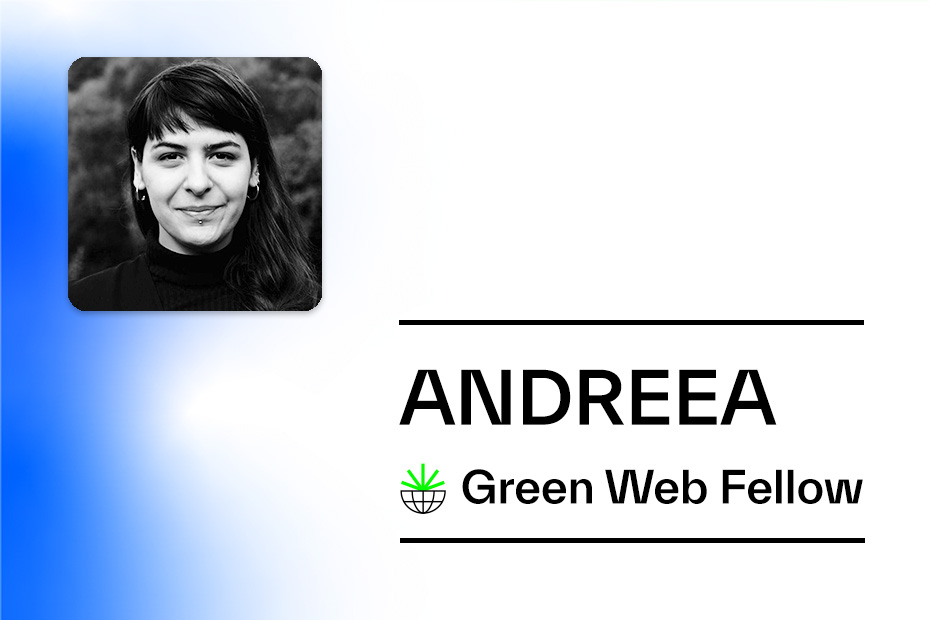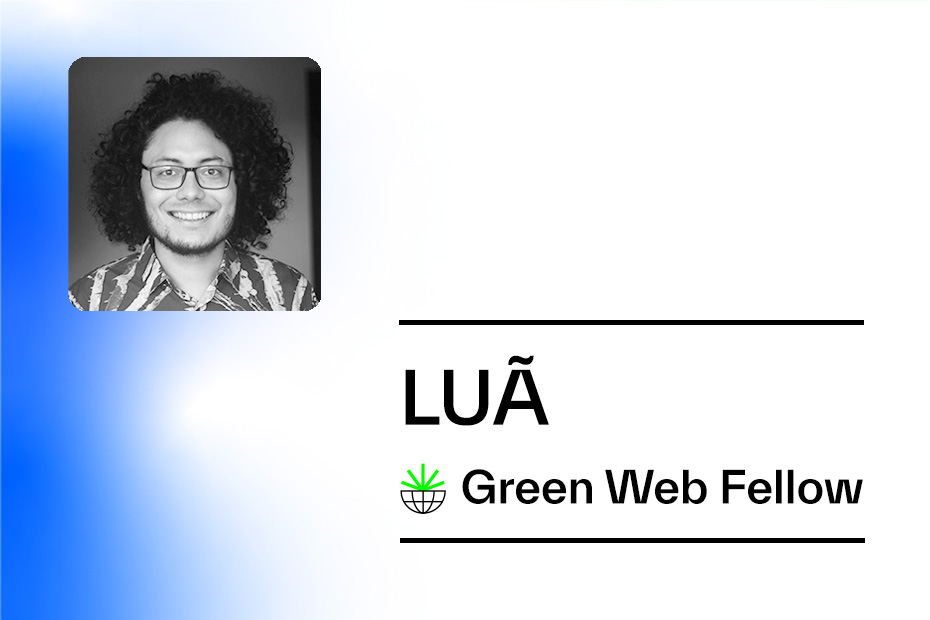My first blogpost looked at my motivations for researching the technosolutionist narratives around the so-called “twin transition”. In my second blogpost, I will focus on my media scanning exercise, and present the answer to the question: “Where does the coverage around the “twin transition” come from, between 2019 and 2023?”
The media scanning exercise allows me to understand a few aspects of the EU institutions’ public discourse around the topics of “twin transition”. With discourse having the function to convey and transform ideas, its study gets us closer to understanding an important “key mechanism of political change” (Lyngaard, 2019 ).
The exercise looks at the coverage of the topic of “twin transition” between the year 2019 and 2023, in the context of EU affairs.
I looked at the topic especially in regards to coverage by online new outlets in across the entire internet, but also in particular in Germany, France, Italy, Spain, Poland, UK and the US. Trough this, I was able to differentiate between the coverage of “twin transition” globally and the coverage with direct relevance in the EU public debate.
I ran three searches in both general news and as a custom search:
- Search 1: the “twin transition” and EU in general – for comparison with the following 2 searches below;
- Search 2: the “twin transition” and the European Commission and
- Search 3: the “twin transition” and the European Parliament.
I am attaching details on the media monitoring method at the bottom of this post, in the file “Method_MediaMonitoring”. Give it a read if you are interested in how I used Meltwater, the limitations of what this exercise can and can not achieve, as well as why I choose to monitor some countries over others. Read the document together with the complementary “Annexes”. The full results of the media coverage volume are also available in Annex 7.
Birdview media coverage 2019-2023
2019 and 2020 were years with little press coverage around the “twin transition”, as the first obvious spike happened on 19 March 2021.
This is consistent also with the amount of press releases around “twin transition” issued by the European Commission’s press service, which count at two in 2019, 18 in 2020, 43 in 2021, 20 in 2022 and 20 in 2023. On the other hand, the number of speeches around “twin transition” issued by the European Parliament does not have an equal impact. Only 2 speeches around the topic were made in 2019, 66 in 2020, 56 in 2021, 54 in 2022 and 31 in 2023.
This visualisation of the more active period between 2020 and 2023 below shows the coverage of “twin transition” in relation to the voices within the European Commission and the European Parliament.
From a quick scan over the volume of coverage associated with the different searches, I observe the leadership of voices associated with the European Commission are the volume of news reports around the “twin transition”.

In the next part of this blogpost I will look at the coverage of the topic in 2021, 2022 and 2023. I will analyse the topics and narratives of some of the most active periods, and try to summarise the key points that were added to the “twin transition” saga as it was developing.
2021: launching the “twin transition” through the lenses of industry and government
The European Commission issued a press release led by Executive Vice-President Margrethe Vestager and Commissioner for Internal Market Thierry Breton, announcing new investments in clean digital technologies. Two important “coalition”-modeled initiatives are worth noting, since they allowed political / industry voices to promote the “twin transition” narrative in a powerful decentralised way:
The ‘European Green Digital Coalition’, promising “to significantly reduce their carbon footprint by 2030, and to become climate neutral by 2040.” – signed by 26 Chief Executive Officers from the ICT sector
The Declaration on ‘A Green and Digital Transformation of the EU’ to “accelerate the use of green digital technologies for the benefit of the environment” – signed by 26 European countries
The story was picked up by the news agency Associated Press, the business outlet of Business Insider, as well as EU affairs Euractiv.

Key words characterising the coverage for the month of March 2021, led by the announcements of the Digital Day 2021
2021: Pandemic recovery as investment in the “twin transition” and the beginning of “critical raw materials” talk
Another period with increased media coverage in 2021 were the months of June-July. In a new press release (PR) under the lead of Executive Vice-President Margrethe Vestager, the European Commission announced on the 23 of July 2021 State aid measures for the facilitation of the “twin transition”, that can be use also for the recovery from the economic effects of the coronavirus pandemic. This PR is a good example of the underlying market logic underpinning the EU’s framing of the “twin transition”.
The coverage spiked in the previous month is the first associated with critical raw materials, around EU’s new strategic partnership on raw materials with Canada. Led by Commissioner Breton, responsible for the Internal Market, the framing of the announcement centers the need for a secure and resilient supply chain, but it does not directly problematise the disruption of supply chains due to the pandemic nor the war in Ukraine. This is an important aspect, as it will later change substantially.
Separately, Commissioner Breton and Vestager connected through shared efforts the conversation around “tech sovereignty” to the area of space and defense. While seemingly disconnected, these topics will connect in the future with the two’s ambitions around the twin transition.
2022: “twin transition” becomes about Critical raw materials via green extractivism and securitisation narratives
In my research, I found May 2022 to be a particularly prolific month in the European Commission’s twin transition speech writing team. Without a particular event driving the month’s coverage, several Commissioners held speech over speech promoting the term “twin transition”, especially in the context of critical raw materials.
- Internal Market Commissioner Thierry Breton at the EIT Raw Materials Summit: His speech emphasised the need for the EU to be more assertive when it comes to securing raw materials. Breton framed raw materials as pre-requisities for the EU’s twin transition and its resilience. In a hopeful manner, Breton criticised a “not in my backyard approach” that relies on sourcing of “raw materials from mines far away from our homes and conveniently close our eyes on how they were sourced” and advocated for a paradoxical move towards on-shoring – bringing extraction/processing of critical raw materials back in the EU. This is one of the starkest examples of the sudden shift in the Global North towards a “green extractivist” narrative that promotes sustainable mining in the EU, combined with an unexpected, sudden political worry over the centuries-long harm and abuse in offshore mining.
- Vice-President Maroš Šefčovič at the Global Europe Seminar Salzburg: In this speech, he focused heavily on the security threat posed by the war in Ukraine and the decline of democracy, referencing the potential for technology to be instrumentalised “both domestically and externally”. In this framework, his speech pointed to the upcoming defense instruments the EU is preparing, and incidentally also focused on the upcoming twin green and digital transition. Šefčovič made the connection clear between the twin transition and security through his call to “take a more geopolitical perspective when it comes to the twin green and digital transitions”, while also reiterating the need for an open strategic autonomy and conviction that the “transatlantic bond […] remains the natural for us” . I noted in this speech the call for increasing strategic partnerships with like-minded trade partners, such as Latin America and Africa.
I found September 2022 to be a particularly informative month, as European Commission President Ursula Von Der Leyen makes the announcement of an upcoming Critical Raw Materials Act during her yearly “State of the Union” address. The Commission president framed the announcement through “solidarity during times of war” imagery. She set the problem as war against “our energy and values”, and the solution proposed feeds into the Danish-model moving away from fossil-fuels towards a renewable energy-based industry. Von der Leyen’s call for investing into the “digital and net-zero economy” also singles out access to lithium and rare earth elements as needed for this economy to thrive, being “more important than oil and gas”, but currently dominated by China’s processing power. In this context, she announces new partnerships with Chile.
2023: Industrialising the conversation; US, China; the European Parliament comments.
The first broad coverage of the European Parliament’s take on the “twin transition” happened in March 2023, together with the publication of the European Commission of a Critical Raw Materials Act and a Net-Zero Industry Act.
“Solar panels, heat pumps, electric cars, chips, pharmaceuticals, ammunition: raw materials are essential to technologies and products of strategic importance.”
Thierry Breton – Critical Raw Materials Act Press Release, 16 March
European Commissioner Breton made sure to send out many political signals through his press comments during the month about the connection between the “twin transition” and the defense industry.
No batteries without lithium, no wind turbines without rare earths, no munitions without tungsten[..]. We have resources in Europe. We must give ourselves the means to extract them
Thierry Breton – LeMonde, 17 March
In a critical Politico piece anticipating the launch of the 2 proposals, voices such as Günther Oettinger’s, Germany’s former European commissioner warned against a Brussels-directed model of industry-level policy making which would lead to the “end of free markets”. More broadly, the journalists Karl Mathiesen, Charlie Cooper, Antonia Zimmermann, Barbara Moens and Samuel Stolton also situated the EU’s approach as a response to China’s economic threats for EU, the US’ green tech subsidies (Inflation Reduction Act) harming the EU’s goal to compete in the clean energy market, but also the rivalry between US and China. Luuk van Middelaar commented about the EU’s craze for developing its green tech industrial complex: “for both the U.S. and People’s Republic of China — issues like industry, tech and climate become part of the overall strategic rivalry with the other.”
European Parliament President Roberta Metsola positioned herself and sent a strong public message to her peers via her speech which resonated in March in the press. Relaying Commission’s line of arguments, Metsola pointed at the need to make the business case around the twin transition, set clear targets, remove excessive bureaucracy and regulation, and give SMEs access to existing funds.
General remarks
Overall, between the most active period of 2020-2023, the European Parliament had a minimum share of press coverage on issues of “twin transition”. This does not mean that the European Parliament did not issue recommendations or commissioned studies. However, the parliament’s framing of the debate did not influence how the press reported about the topic.
Instead, it was the European Commission’s narrative that drove most of the press coverage of the “twin transition” framing.
In my research, so far I have found that the reporting on key terms associated with the “twin transition” changed throughout the years, following the changing lingo/concepts the European Commission promoted.
- Starting off with enabling industry voices to shape the narrative around the “twin transition” in 2021, soon the policy-making model itself transformed towards an industrial-level dirige approach with a heavy securitisation narrative around economic security and defense, feeding of the post-COVID19 crisis, China-US tensions and the war in Ukraine. The social element of the “twin transition” is completely absent and purely referenced as a value of the “social market economy”.
- The framing of the reason why we need a twin transition shifted from one connected to fixing the economic damage the pandemic left behind, to one of building competitiveness while overcoming geopolitical dependencies.
- Topics such as “tech sovereignty” initially associated with defense, morphed into “open strategic autonomy” associated with trade matters, as a result of EU’s dynamic relationship with the US and material sourcing countries, as well as a growing commitment to enhancing the EU’s defense capabilities.
My research findings above are based on press statements and media reporting. Press reports do signal the narrative key political figures want to intentionally shape. However, the media scanning exercise must be contextualised also with an overview of political negotiations and existing critical academic research.
In order to dwell deeper into the topic, the next blogpost will look beyond public speeches. I will research the political dynamics behind several legislative and non-legislative initiatives proposed in the name of the “twin transition”. Secondly, I will contextualise some of the findings in key academics’ research, especially around the role of the Global North and Latin America’s critical raw materials’ mining, green technologies, green extractivism, supply chain security and the return to onshoring.
A bientot!


